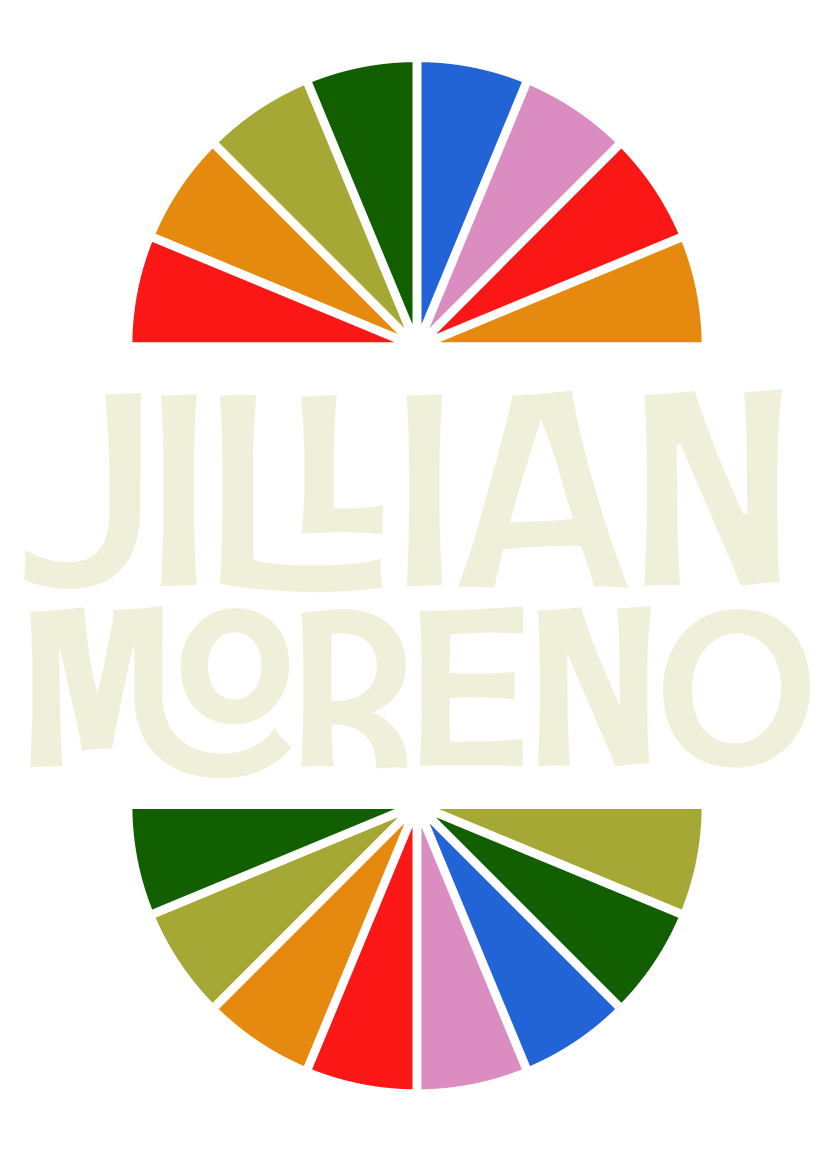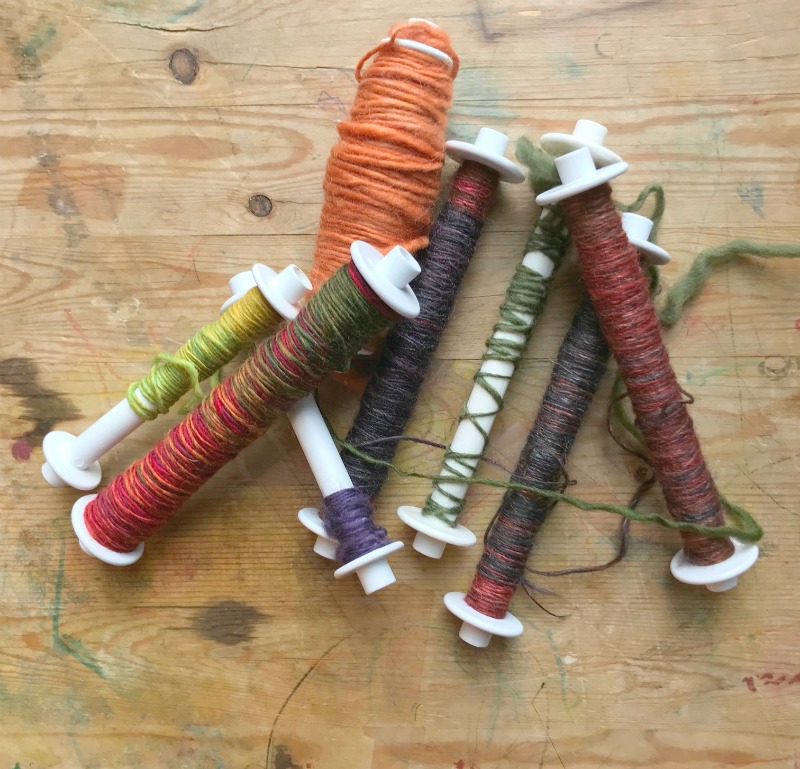I'm spinning sock yarn for my Tour de Fleece goal. I'm spinning Homestead Hobbyist top, drafted woolen into a 2-ply with extra ply twist. I've been asked how I know what my overplied yarn will look like, and how to check my singles consistency when I want extra ply in the ply twist.
Mostly I don't stress it. For me the most important thing is to not get a yarn that feels wirey for socks. I spin my singles fine and woolen and use a plyback sample to guide me. I do a little measuring and a lot of touching, a more intuitive approach to spining.
I know I want my plied yarn to be about 14 WPI. I spin a single that I think is close but, under that WPI then check the WPI * of a plyback sample. I check it plied back on itself, then I tighten the ply twist with my hands, to get an approximation of the overtwist I want.
I feel and check the WPI of my manually overtwisted 2-ply. If it's not right, I do it again. If it's close to what I want, I note my numbers and spin a bit to make sure I can match it. Then I wrap some of my singles on a tag to compare as I spin and attach my plyback smaple to the same tag. I can quickly check WPI against the single on the card and twist with my ply back sample.
My plyback WPI is 12 and over twisted it's 14, which is right where I want to be.
Yes, I should do a bigger sample that is plied, finished and knit. But I just want to spin and get to the making. I'm always happy with an ish yarn. We'll see if this type of intuitive spinning rocks or bite me in the butt.
- My WPI and Twist Angle gauges are from Hipstrings.













